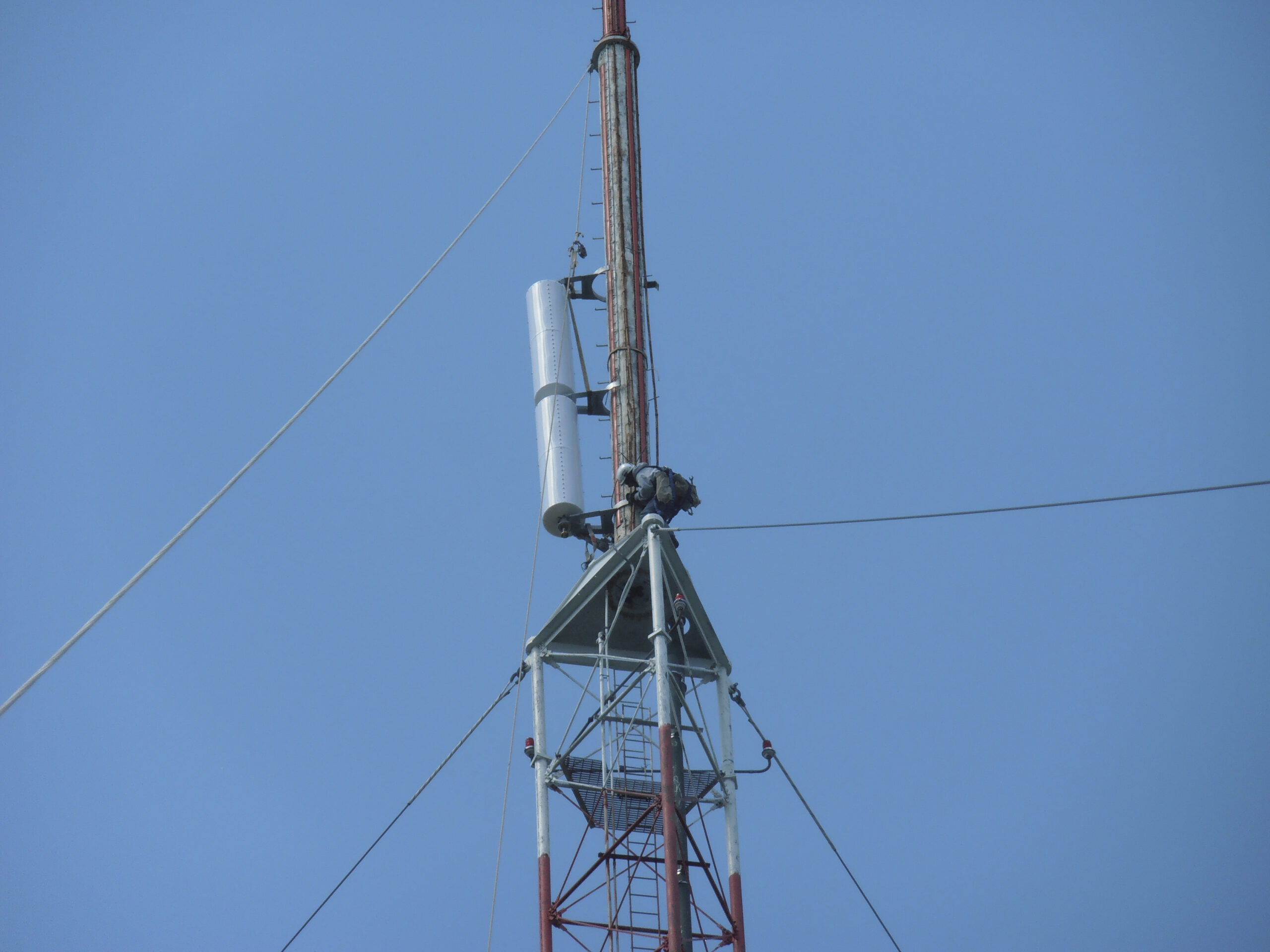
Maine Public Broadcasting Corp. has been working for more than a year to expand the emergency alert system into more rural areas in Maine.
The emergency alert signal in Aroostook County has been used by the National Weather Service in Caribou to let people know about potential tornadoes, blizzards and severe thunderstorms. The emergency system also is used for Amber alerts, according to the Federal Communications Commission.
It has been 14 years since the communications commission has allowed non-commercial groups such as public broadcasters, churches or schools to apply for FM emergency alert signal licenses to expand reach across Maine, said Jeff Mahaney, chief technology officer at Maine Public.
Maine Public is the only non-commercial broadcaster that covers the entire state, he said.
The project to expand the network with seven new signals will benefit more than 71,000 people in five underserved rural northern, central and eastern Maine counties. It is part of the $3.4 million emergency broadcast signal expansion funding that U.S. Sen. Susan Collins helped secure as vice chair of the Senate Appropriations Committee. Collins is an Aroostook County native.
The expansion will allow Maine Public to localize certain emergency signals that only affect a specific area, while at the same time expand statewide coverage.
“Part of our goal is to cover the entire state of Maine, and we had some places like Millinocket, Greenville and Bethel where we had no service,” Mahaney said.
New antennas will be installed in Fort Kent and Mars Hill in Aroostook County, Meddybemps in Washington County, Millinocket in Penobscot County, Bethel in Oxford County and two in Greenville in Piscataquis County.
Construction permits for the new facilities and towers at the southern sites in Millinocket, Greenville and Bethel were issued in April 2022. Those towers should be functional by April 2025.
Another part of the expansion in Greenville will make two radio stations for Maine Public Radio and Maine Public Classical. The Maine Public Classical channel will be made publicly available for the first time in Aroostook County without people having to pay for an HD service that requires a special radio, Mahaney said. It will also carry the emergency broadcast signal.
A long-term goal of Maine Public is to localize emergency alert signal messages so warnings specific to an area only go to that region instead of the entire state. More transmitters across the state will allow for more localized alerts like Aroostook County-only alerts, Mahaney said.
For example, Aroostook County has in the past shut down roads from snow squalls between Houlton and Presque Isle or Presque Isle and Caribou. Another example is tornado warnings in the St. John Valley would only be broadcast there.
Splitting Aroostook in half would allow Maine Public to issue the warnings only in the part of The County affected.
Other communications could include amber alerts, civil warnings for events like shootings and civil emergencies from natural disasters that require evacuations.
The frequencies the signals will be broadcasted from are FM 88.3 in Fort Kent, FM 88.9 in Mars Hill and Calais will be FM 90.7. The transmitters are in remote locations at the highest possible points of the terrain.
“Emergency alert system is one of the primary methods we have of getting real-time warning information out to the public,” said Louise Fode, warning coordination meteorologist for the weather service office in Caribou.
Maine Public is a member of the State Emergency Communication Committee, along with the Maine State Police, Maine Emergency Management Agency and the National Weather Service. The state of Maine is the public messaging distributor that sends the emergency alert signals. Radio and cable stations monitor those signals to check for alerts in their areas.
Originally the emergency alert signal system was built so the president could send direct messages to the entire nation, and was later built out with state and local emergency alert signal messages, according to Mahaney.







